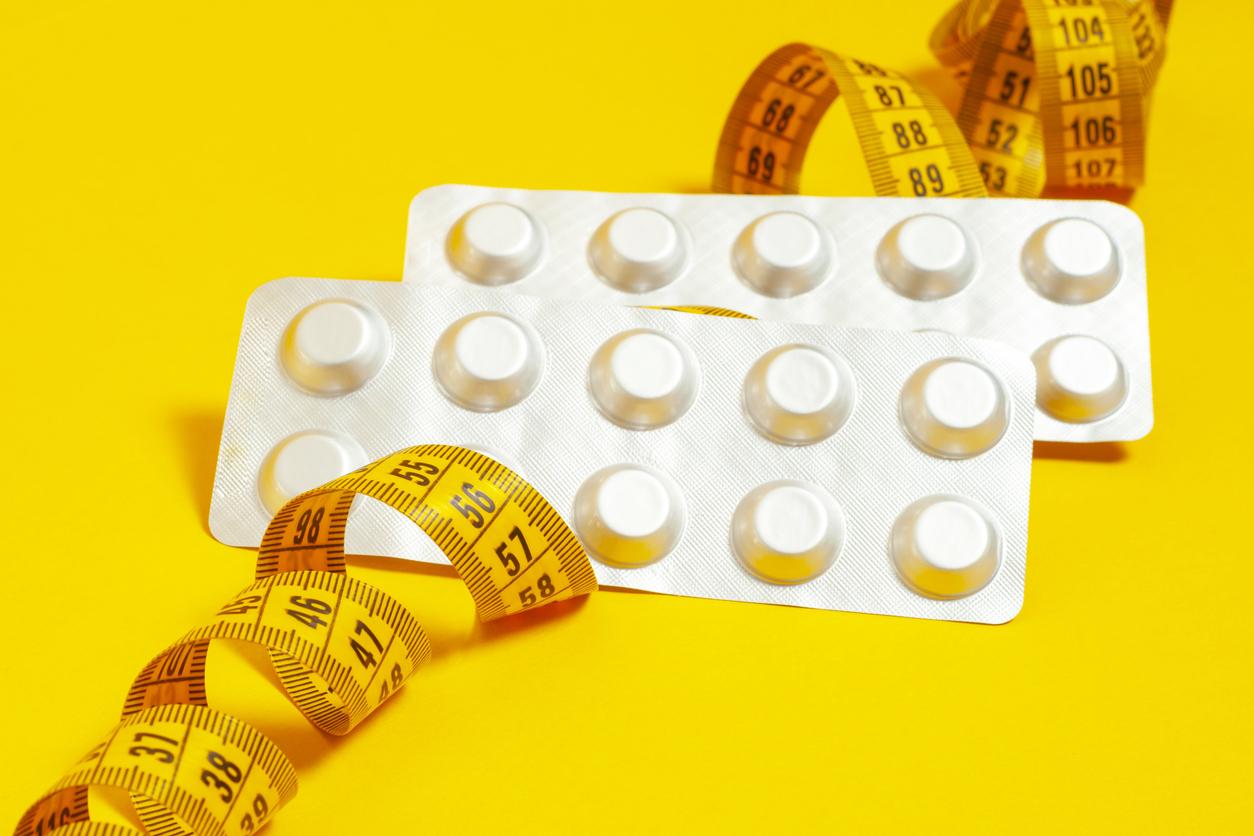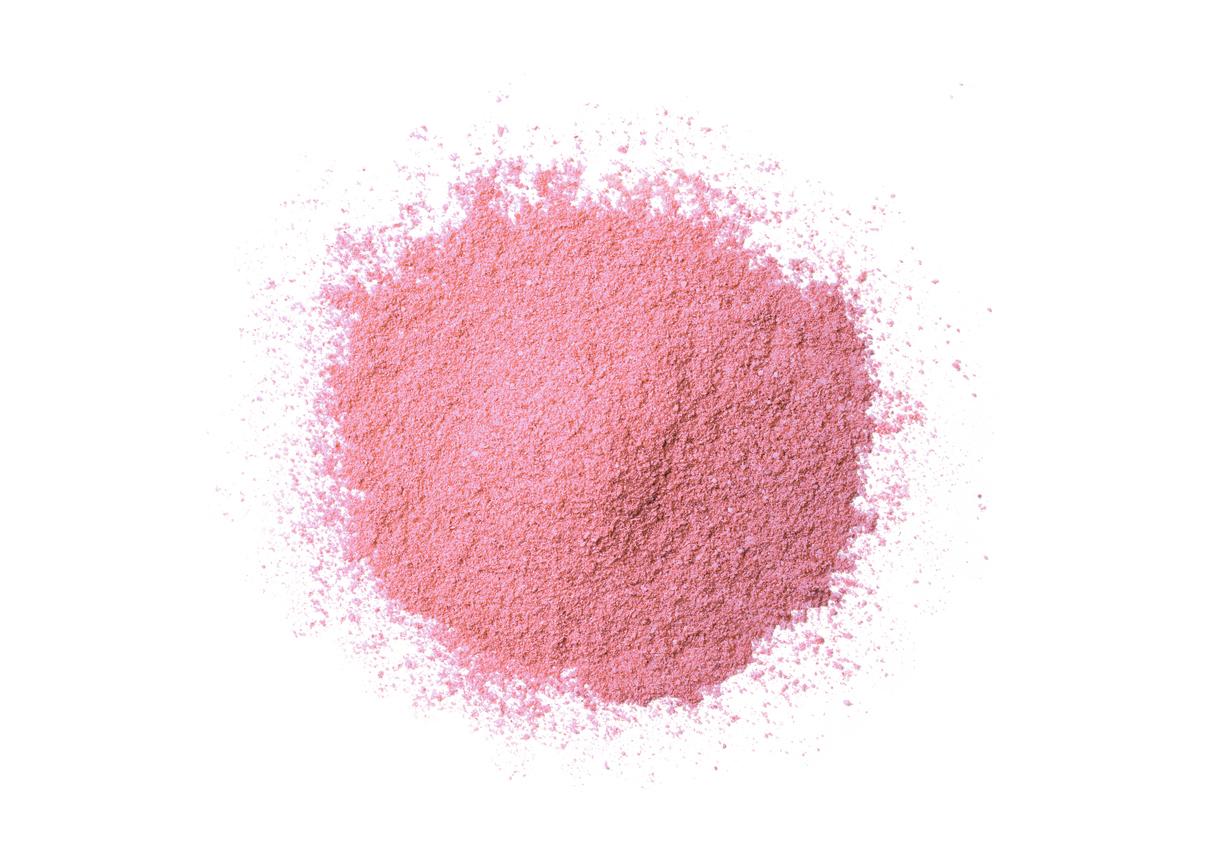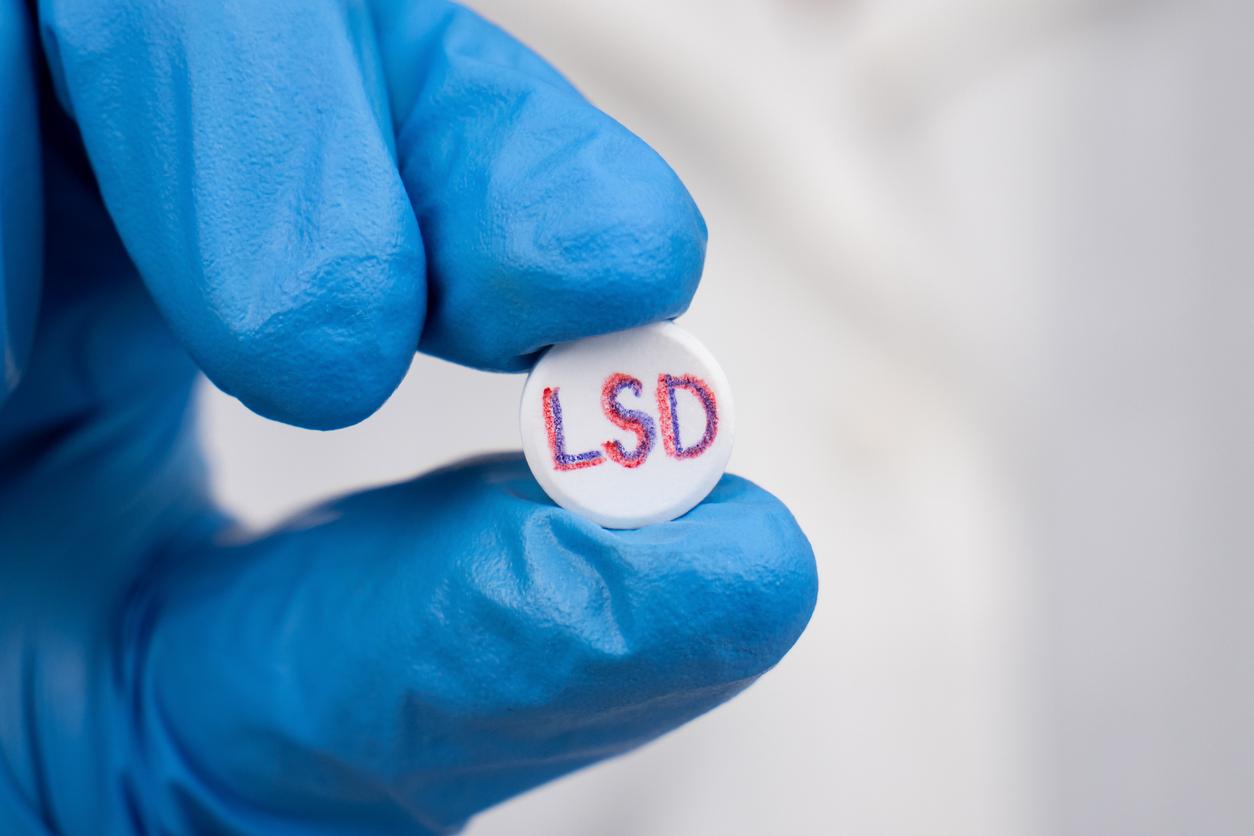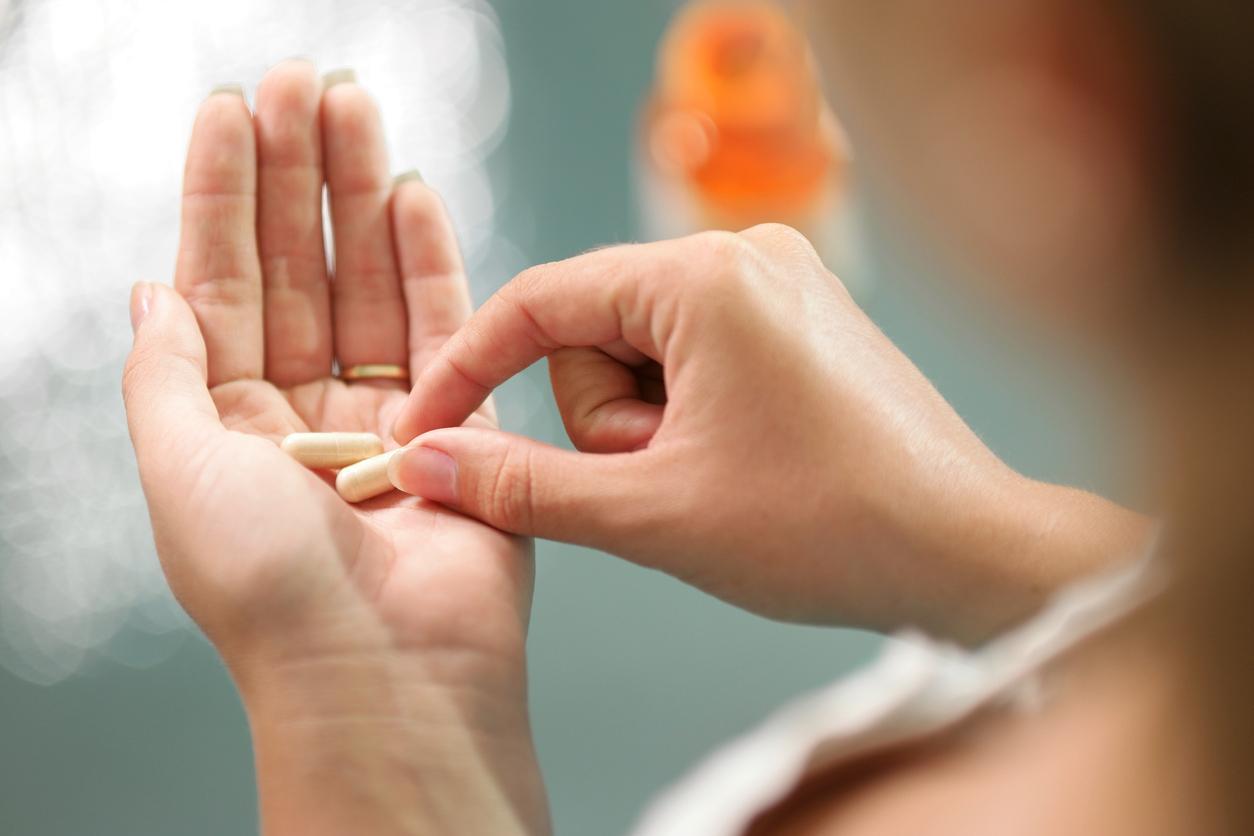American researchers are in the process of developing a device capable of detecting overdoses and automatically delivering a drug, giving the emergency services time to take the addict to the hospital.

In the United States, a country ravaged by the opioid crisis, 130 people die of an overdose every day. In total, since the early 2000s, 300,000 Americans have died from drug overdoses. Because when the latter occurs, drug addicts are often alone and unable to react. This is why researchers at Purdue University in Indiana (USA) are developing a device that would detect the overdose immediately and release naloxone, a drug known to counter the deadly effects of drugs, on its own. Their work is explained this month in the Journal of Controlled Release.
Overdose occurs when the opiate attaches to receptors in the brain that regulate breathing, leading to hyperventilation and death. Hyowon Lee and his colleagues therefore decided to develop a device capable of detecting when a person’s respiratory rate drops to a certain level and then releasing naloxone, which blocks the action of the opioid on the receptors. cerebral. In detail, wearing the device would be similar to that of an insulin pump: it is currently an armband attached to a magnetic field generator, connected to a portable battery attached to the hip. An electrode on the chest measures the respiratory rate. When this is too low, the device activates the magnetic field generator to heat a drug capsule in the body, releasing naloxone within 10 seconds.
“The antidote is always going to be with you,” says Hyowon Lee, who conducted the study. “The device won’t need you to realize you’re overdosing or injecting the naloxone yourself, it will keep you stable long enough to wait for help to arrive,” he said. he.
One hour to give help time to arrive
Researchers plan to pre-inject the drug capsule under the skin in consultation. This way, the system would automatically deliver naloxone to the patient during the overdose, saving him an hour. According to Lee, this extra time would allow paramedics to get the patient to the hospital. The capsule also delivers a higher dose of naloxone than products currently available on the market, which saves more time before the next relapse and would therefore be cheaper to manufacture.
Since submitting their study for publication, the researchers have reduced the size of the magnetic field generator and battery to make the device less bulky.
“The goal is to make the whole system low-profile, so you don’t feel like you have to wear something big all the time,” says Lee. Scientists also plan to equip it with a communication system that would automatically alert emergency services in the event of an overdose.
Eventually, this technology could eventually deliver drugs other than naloxone. “People with allergies need epinephrine right away. This setup could remove the need for a spike pen (which delivers epinephrine, editor’s note)”, advances Lee.
In France, the number of hospitalizations for addiction has increased by 167% in 15 years
But the United States is not the only country affected by the opioid crisis. If we are still far from the figures from across the Atlantic, in France, the health authorities are worried about an increased consumption of painkillers based on opiates.
Since the 1990s, prescriptions for opioid analgesics (tramadole, codeine, etc.) have exploded to concern 10 million people in 2015. In 2017, these drugs represented 22% of all painkillers consumed, especially to treat pain. cancer pain but also for chronic pain from which 10 to 12 million French people suffer. As for strong opioids (oxycodone, morphine, fentanyl), their prescription has increased by 150% in ten years.
But whether they are “strong” or “weak”, opioid-based painkillers carry serious risks of addiction and overdose. Consequently, in 15 years, the number of hospitalizations for addiction has increased by 167% to reach 40 hospitalizations per million inhabitants in 2017. As for the number of deaths by overdose due to these drugs, it is also in strong growth. “These are a few hundred deaths per year, at least 200, perhaps between 500 and a thousand. But it’s probably already too many”, explains Nicolas Luthier, director of the French Observatory of Analgesic Medicines (OFMA), to Release.
See the explainer video from the Purdue University researchers below :

.

















